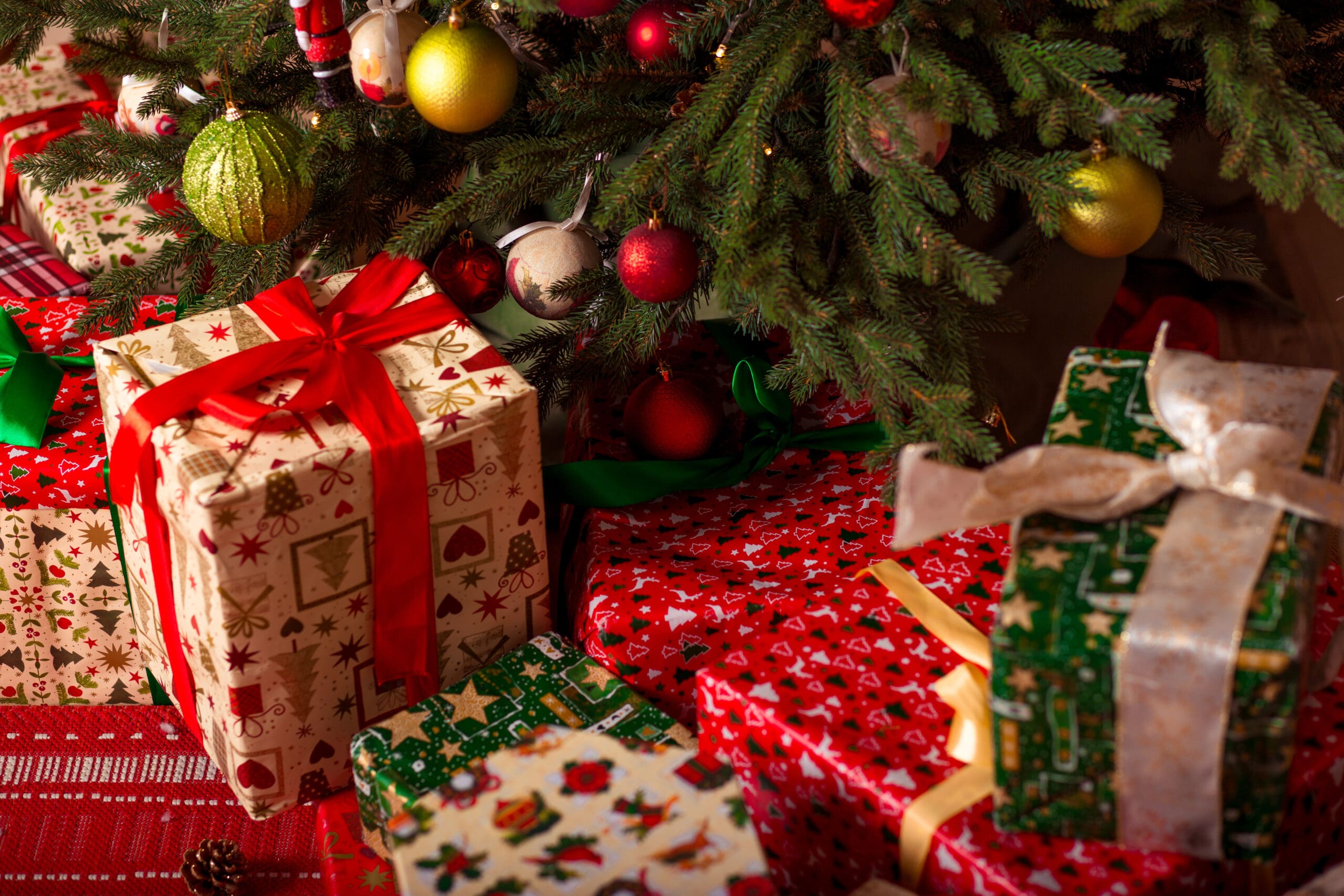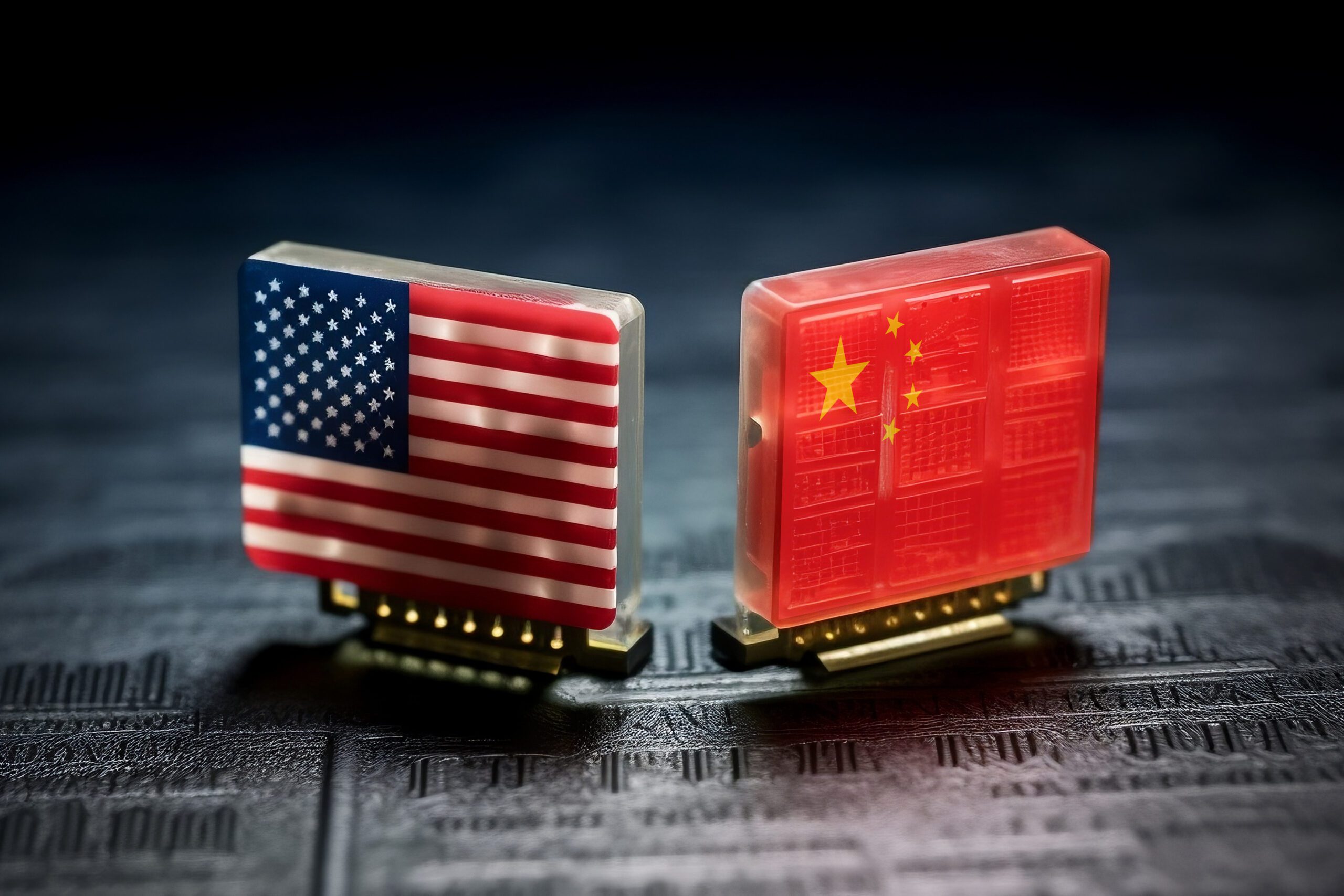Tariffs: the ghost of Christmas Future?
This is part our educational blog series “The Short Form” to simplify tax. A tax is a mandatory payment collected by local, State, and National governments from individuals and businesses to cover the cost of general government goods, services, and activities.
Explore the world through the lense of tax policy. TaxEDU is a great way to learn more about taxes.
The holiday season is a time of joy and giving gifts, as well as spending time with family and friends. But could tax policy make the sticker shock from your shopping list next year tariffTariffs are taxes imposed by one country on goods imported from another country. Tariffs are trade barriers which increase prices, reduce the amount of goods and services available to US businesses and consumers and place an economic burden on foreign suppliers.
-ying?We may not be thinking of the 2025 holiday season just yet, but big changes are in store with President-elect Trump’s proposed steep new taxes on trade, including a 10-20 percent tariff on all imports, at least a 60 percent tariff on Chinese imports, and 25 percent tariffs on imports from Mexico and Canada.Since ’tis the season, let’s take a small Dickensian tour through trade policy, and perhaps learn a good Christmas lesson that will turn a “bah humbug” into a sincere “Merry Christmas.”
Tariffs Can Be a Tax on Your Gifts
Before we meet our ghosts, let’s answer a basic question: what do tariffs have to do with the holiday season? They are likely to affect your lights, trees, matching pajamas for the family, and gifts you give to loved ones. The second largest category of imports was consumer goods–products like toys, clothing, jewelry, and electronics. This amounted to more than $757 billion of 2023 imports. The second largest category of imports was consumer goods–products like toys, clothing, jewelry, and electronics–amounting to more than $757 billion of 2023 imports.
But in recent memory, tariffs probably haven’t played that much of a role in your holiday planning.
Now, onto the ghosts.
The Ghost of Christmas Past
Our first ghost will take us back 100 years to the 1920s and then to the era of the Great Depression. In 1924, the average tariff rate on all imports was 15 percent.
Since the collapse in global trade after the Great Depression and high tariffs that brought the average rate up to 20 percent, US policy has shifted away from restrictive tariffs and toward lower tariffs.
While lower tariffs are far from the only factor in a happy Christmas morning, they certainly weren’t something that needed to be top of mind for holiday shoppers for decades. But they were in 2019 when then-President Donald Trump delayed implementation of new tariffs on Chinese imports ahead of the holiday season to avoid putting a burden on American consumers.
The Ghost of Christmas Future
I know the Ghost of Christmas Future comes last in the story, but we’re introducing our Ghost of Christmas Future right here.
The Ghost of Christmas Future can reveal higher prices for some gifts in 2025. If the full slate of Trump’s tariff proposals goes into effect, the Tax Foundation estimates that the average tariff rate could rise from 2.4 percent to 17.7 percent–the highest since 1934.
Though the US maintains high tariffs on certain categories of goods, including footwear and apparel, the current average tariff rate on all imported goods rests at 2.4 percent, and is unlikely to be what stops you from snagging your spouse a new necklace or your kids a new game console from their wish lists this year.
But if the US implements a new 10-20 percent tariff on all imports, plus an additional tariff on China to exceed 60 percent, more American consumers will feel the effect of the hidden tax that is tariffs.
Consider your kids asking for a new gaming console, which currently rings up at an average price of $617. If you wait until 2025, the proposed tariff increases will make the price of a gaming system rise to $863. And that’s just one gift.
Christmas Wishlist Prices Would Climb Under New Tariffs
Source: National Retail Federation, “Estimated Impacts of Proposed Tariffs on Imports: Apparel, Toys, Furniture, Household Appliances, Footwear and Travel Goods,” Consumer Technology Association, “How The Proposed Trump Tariffs Increase Prices for Consumer Technology Products,” From the NRF study, we used Scenario A tariffs of 10% universal and 60% China (resulting in a 70% tariff on imports from China) to closely match the tariff scenario in the CTA analysis of a 10 percent universal tariff and 60% tariff on all imports from China on top of existing tariffs.
The Ghost of Christmas Present
Thankfully, we are not currently dealing with an economic depression paired with high tariffs or a new round of historically high trade barriers. We can be thankful that these harmful policies do not exist at this time. As Ebenezer Scrooge was able see into the future, he recognized his mistakes. Maybe those who make economic policy will also recognize the flaws of a policy which would increase costs and cause economic harm, especially at a time when gifts are being given. Perhaps, one gift that will come is a simple announcement that the tariffs will not be coming home for Christmas.
Confused? TaxEDU can help you improve your tax knowledge. Our resources to help you understand them aren’t.
Learn more






